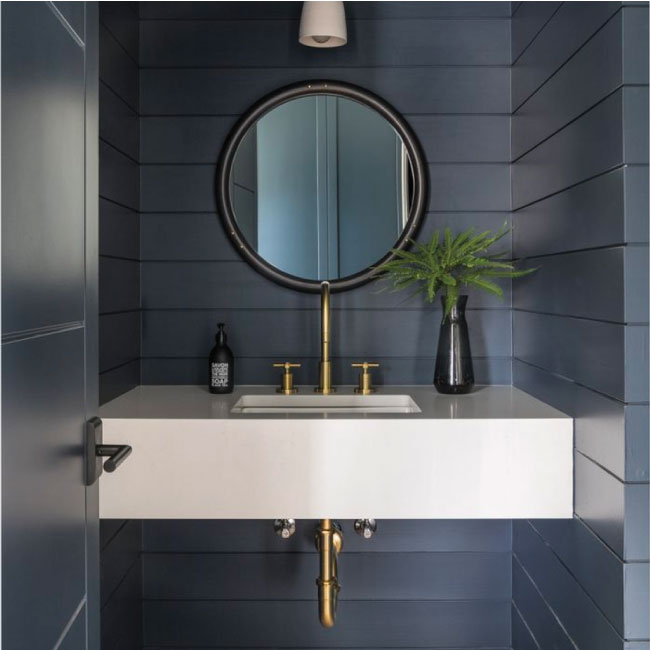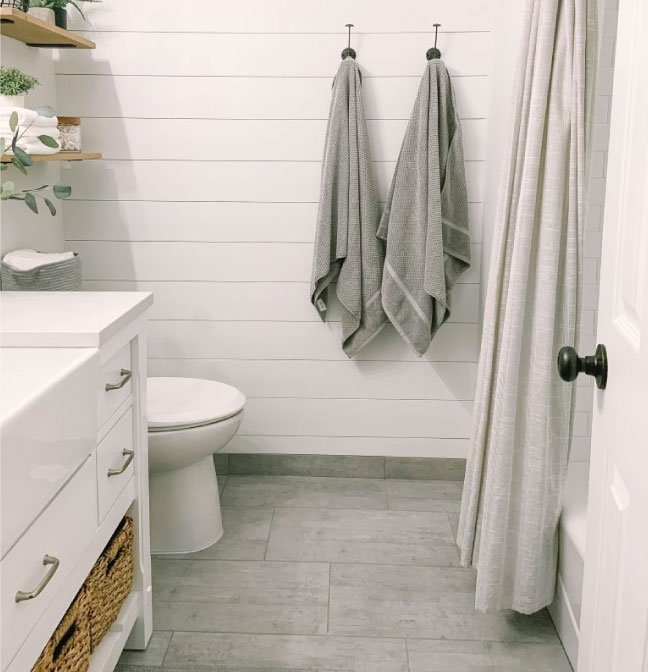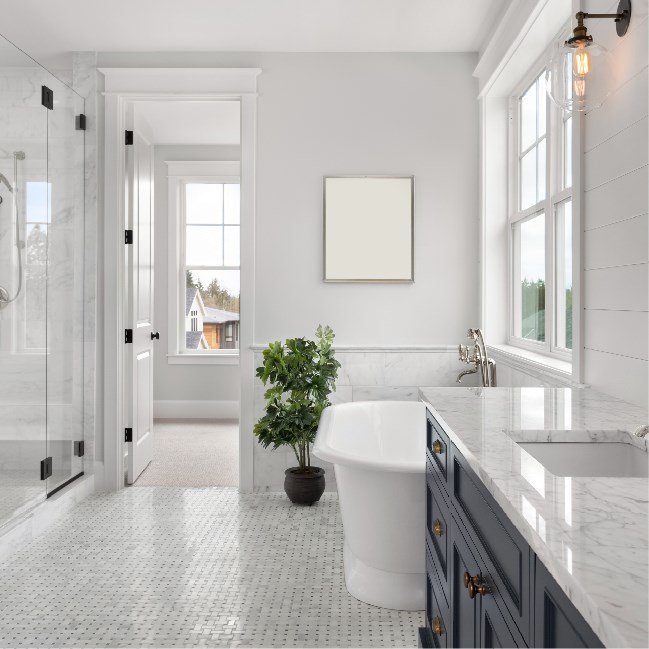When planning your project, it’s important to consider several factors that can impact the overall cost. Here are common features that many homeowners consider:
– Bathtubs: The size and style of the tub will impact the price. For example, installation of a freestanding bathtub may incur additional plumbing costs.
– Cabinets and Vanities: Pricing varies, with stock vanity options being the most cost-effective. Size, top style, cabinetry, and material used will impact the cost. Custom cabinetry may be ideal in small spaces or luxury master bathrooms.
– Countertops: Materials will play a large role in renovation cost. While stone is stylish and durable, it costs more than other options. Prefabricated countertops work in many spaces and help to keep costs down.
– Faucet: Price will vary depending on manufacturer, style, and material used.
– Sink: Pedestal sinks, drop-in sinks, and designer styles all vary in cost. Typically, drop-in sinks are an affordable option available in an array of styles.
– Toilet: Replacing an outdated toilet is simple and cost-effective. Basic and luxury models can vary in price, but installation costs are generally low.
– Tub/Shower Liner: If you cannot afford a larger upgrade or be without a working shower for too long, this is an ideal renovation idea.
– Wall and Floor Tile: Ceramic, porcelain, and natural stone are popular picks for floor tile in bathrooms. Materials will be the deciding factor here, but natural stone often costs more to install because it is difficult to cut and place. From natural stone and classic ceramic to glass and mosaic styles that mimic natural materials, wall tile options vary.
Other Features:
– Grab Bars
– Hardware
– Lighting
– Mirror
– Paint/Wallpaper
– Steam Unit
– Towel Bars
– Walk-in Tubs



